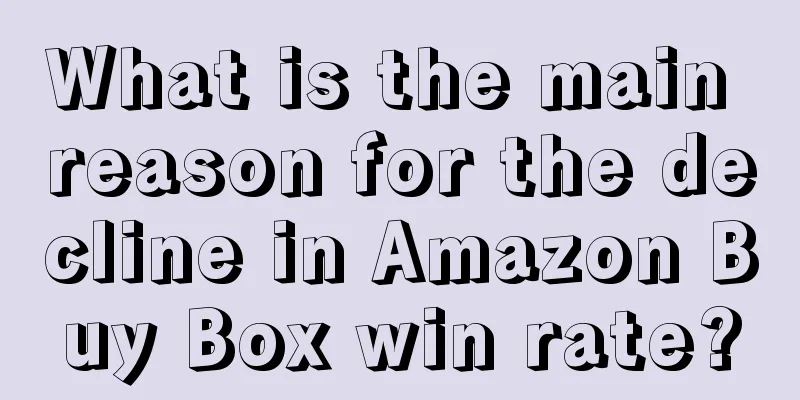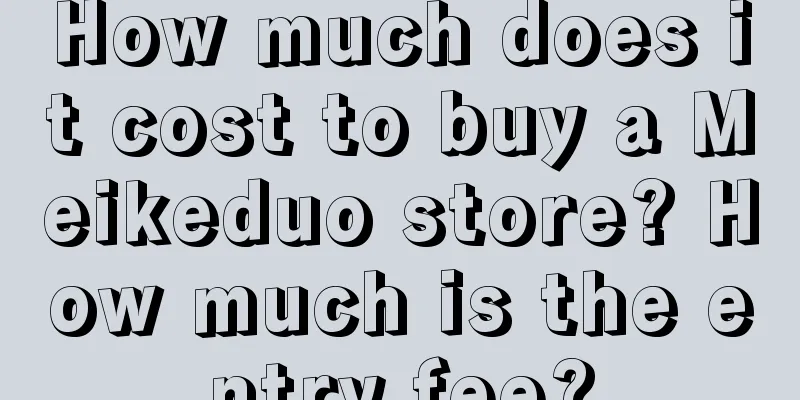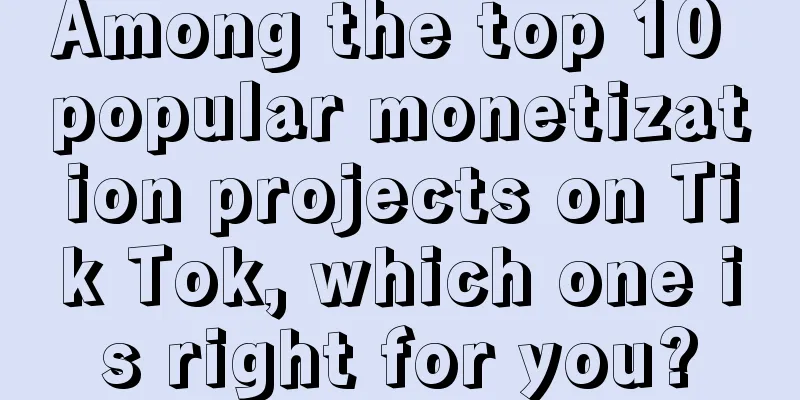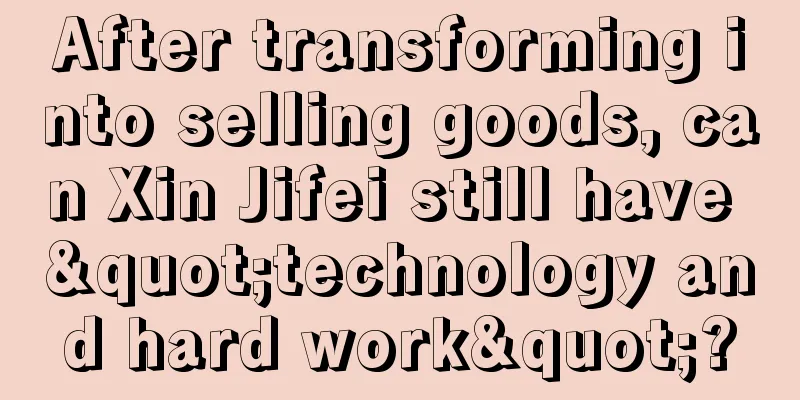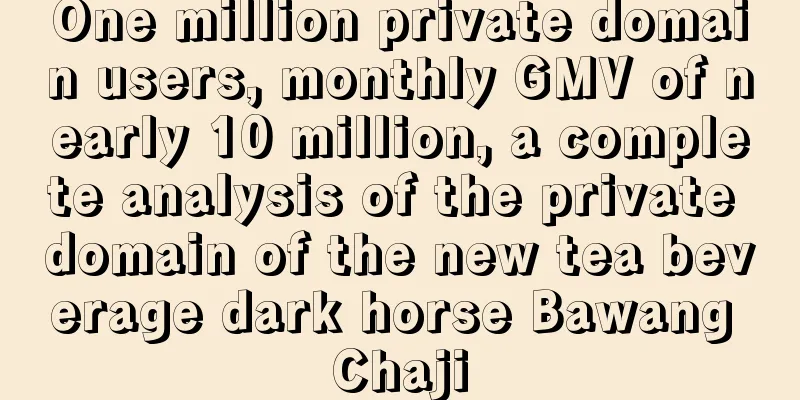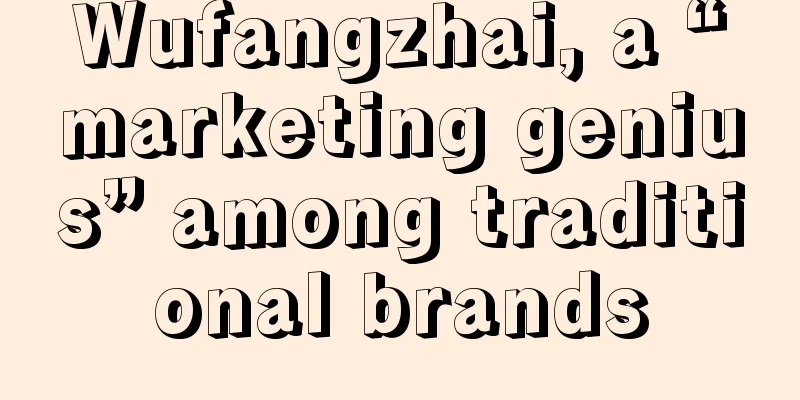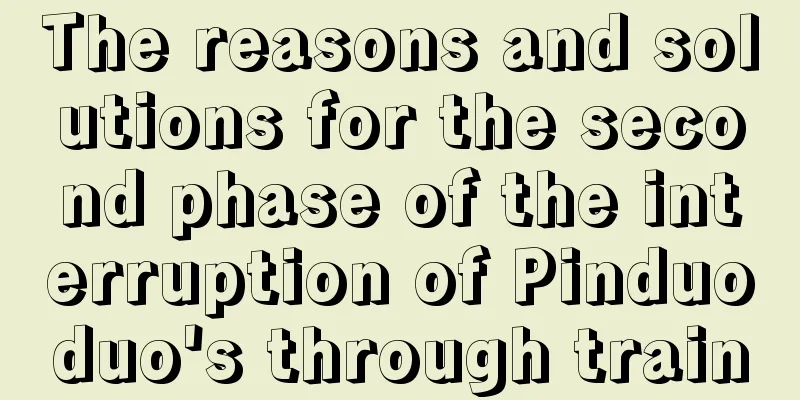Let’s make it clear once and for all: What exactly is a brand?
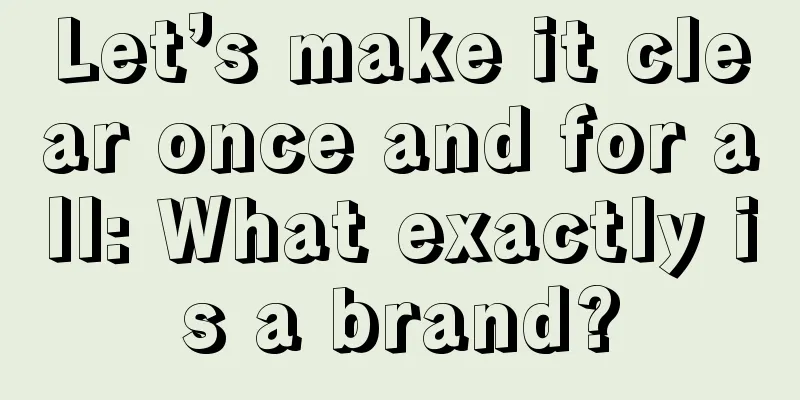
When a sheep blends into a flock of sheep, how can you find it? Call its nickname? Or look for its features? If it has no obvious features, how can you spot it at a glance? If there are only 3-5 sheep, you may find that sheep easily; but if there are 3,000 sheep, how do you find it? This is where brands come in. Brands, in English, come from the Old Norse word Brandr, which means "burning." When you use a branding iron with different symbols to brand your cattle and sheep, you can easily find them and prove that they are your private property. Initially, a brand was just a mark used to mark one's own private property. In medieval Europe, many handmade leather bags were popular. Craftsmen would also carve their names on the leather goods so that customers could recognize them. This was the earliest brand. Philip Kotler, author of Marketing Management, said:
Simply put, a brand is a symbol with recognizable value. 1. Brand is a symbol, and symbol is informationIf a brand is a symbol, then what is the symbol? When you see the moon, you may think of Li Bai's "Quiet Night Thoughts", or you may think of "The moon is brighter in my hometown", and you will feel homesick for the eternal moon. The moon is a symbol; the emotion it brings is information. Brands are symbols, and symbols are concentrated information with a directionality. For example, when you see a traffic light, your subconscious mind will generate the direction of "stop at red light, go at green light". The traffic light is the symbol, and "stop at red light, go at green light" is the information; when you see a red cross, you know that there is a hospital. The red cross is the symbol, and the hospital is the information. From symbols to information, from information to instructions, this is also the action content that the brand wants to convey. Human beings live in this world full of symbols, everything is a symbol, and symbols are information. Words are a kind of symbol, and “拆” is a word symbol; vision is also a symbol, and “national emblem” is a visual symbol; language is also a symbol, and “WTF” is a language symbol; smell is also a symbol, and “stinky tofu” is an olfactory symbol; action is also a symbol, and “applause” is an action symbol; hearing is also a symbol, and “the whistle of a sprinkler truck” is an auditory symbol. Brand is a symbol system with action instructions. Brand VI is a visual symbol, advertising slogan is a language symbol, marketing activities are action symbols, and all marketing will eventually condense into brand symbols and strengthen brand symbols. When consumers see your brand name and can awaken clear instructions, your brand is established. For example, when you see a "check mark", you can think of "Nike", and you can form a memory that it represents the sports category; when you see "Tiffiny Blue", you can think of a blue box and a blue necklace, and have the sensory stimulation of being hit by luxury goods; when you see a "Harley-Davidson" tattoo, you can think of the image of an American man riding a motorcycle; brand symbols compress information, and when you see them, the symbolic information is decompressed and has an impact on you. Brands follow this basic principle. Whether it is the brand image theory or the super symbol principle, they all talk about the concept of "brand as symbol". 2. Brand is premium, and premium is mythFrom a value perspective, brand is the premium of the product. The product is a sheep, and there is not much difference between sheep and sheep; brand is the premium of sheep. There is a difference between "sheep from Hulunbuir grassland" and "sheep in the pen", and the price will also be different. Brand is the difference of value and the premium of product. The premium part is myth. Myth is the embodiment of ideal. Brand relies on the embodiment of ideal to increase premium. The embodiment of ideal is the basic connotation of symbol. Why do people buy your products? Because in addition to the functional selling points, your products must have some kind of interpretation. The more this interpretation can trigger a common will, the more consumers it can attract. From a certain perspective, only humans will die for an idea, that is, humans will also pay for a certain idea. Just look back at history, think about Socrates in ancient Greece, think about my ancestor Qu Yuan, think about Hemingway in modern times, and the six gentlemen of the Reform Movement of 1898. People can be crazy enough to die for a certain idea, so won’t they pay the price for a certain idea? This is why brands need to convey the essence of concepts. The product is functional, and the product is mythical. The brand is not only the difference between products, but also the reason for consumers to buy, and the pricing of the ideal embodiment. If you understand this connotation, you will understand the existence of luxury brands and the existence of sky-high priced products. You will not be surprised by "Ice Cream Assassin" and "Tinghua Wine" because there will always be people who pay for it. Brands are about creating various myths. The value of a brand is the premium part of the product, which is an art that a concept gives to a product. 3. Brand is instruction, instruction is purchaseThe meaning of symbols is eternal, while products are perishable. Once a brand is formed, it will have great power and energy, integrate into the social public system, exert the brand's powerful command significance, and make consumers unconsciously place themselves in it, forming magic. But a brand is not virtual, it is concrete. When a brand is first created, it must have a clear direction. “Buy XX and get XX” is the basic sentence of brand value. Without this promise, the brand cannot survive. A brand cannot be vague. It must be focused. Only when it focuses on a certain behavioral motivation can it be meaningful. Otherwise, the brand has no uniqueness and cannot differentiate the product, then the brand is just an empty shell with no value. This is why many brands are ineffective. "Sing Karaoke, big head and good voice", Uncle Golden Gun gave the brand a promise, which is "big head and good voice", which is recognizable, so it is established; "If you love cleanliness, stay at Hanting Hotel." H&H has endowed its brand with a "cleanliness" promise, which gives value to the brand and provides a basis for consumers to choose. "You have washed your hair all your life, but have you ever washed your scalp?" Ye Maozhong created a new category of "shampoo" for Ziyuan, establishing the brand's uniqueness from the competitive side, implying the meaning of "washing your hair more thoroughly"; All top brands on the market have specific instructions, such as brand VI and brand marketing activities. Unless it is a monopoly industry, it can do nothing and still become a brand, because monopoly itself is unique. In a fully competitive environment, only concrete brands are valuable, and brands with concrete instructions are more effective. So, what exactly is a brand? From a product perspective, the brand is the brand of the product, the premium of the product, and the promise of the product. From a consumer perspective, brand is a difference in value, a reason for purchase, and a collection of concepts. From a social perspective, brand is the supervision of the enterprise, the basis of trust, and the asset of the enterprise. … There are many definitions, but in essence, a brand is a symbol with identification value. Creating symbols with consumer orientation is the most essential work of a brand. Author: muguahao WeChat public account: Qu Tailang |
>>: From data assets to journey metrics
Recommend
When Xiaohongshu first mentioned “individual video creators”, what exactly did it want to express?
Xiaohongshu held its first “Team-building Meeting ...
Can the Shopee store name be changed? What should I pay attention to when changing the Shopee store name?
After we open a store on Shopee, we need to set a ...
Stop calling customers and sending group messages on WeChat
Why is it that marketing services that cast a wide...
How should brands conduct topic marketing?
The public's demand for "topics" is ...
How to go from Made in China to Chinese brands?
The article explores in depth how Chinese brands h...
WeChat stores support early distribution of video accounts!
The upgrade of WeChat Stores has brought new distr...
Comment area leads to 200+ accurate fans every day
Nowadays, the number of fans is growing slowly, an...
How to set up air shipping on Shopee? How to set up free shipping?
When opening a store on Shopee, merchants must set...
What logistics are needed to open a Lazada store? How to use LGS logistics?
Nowadays, anyone who opens a store online will wor...
Hot-selling product strategies in the new retail era: How do Sam's Club, Hema, and Luckin Coffee create hot-selling products in the retail industry?
In the new retail wave, creating eye-catching and ...
A Huawei meme is atypically popular
"Far Ahead" once became Huawei's bes...
"Both quality and quantity are needed" - How should lean growth in the social track be achieved?
Once upon a time, social networking was an extreme...
[Summary] 15 common problems in private domain operations
According to the big logical framework, private do...
How does Amazon set up the pre-sale model? What are the pre-sale rules?
With the rapid development of the e-commerce indus...
How is Amazon's European VAT tax calculated? How long does it take to file VAT?
Whether you are doing domestic e-commerce or cross...

